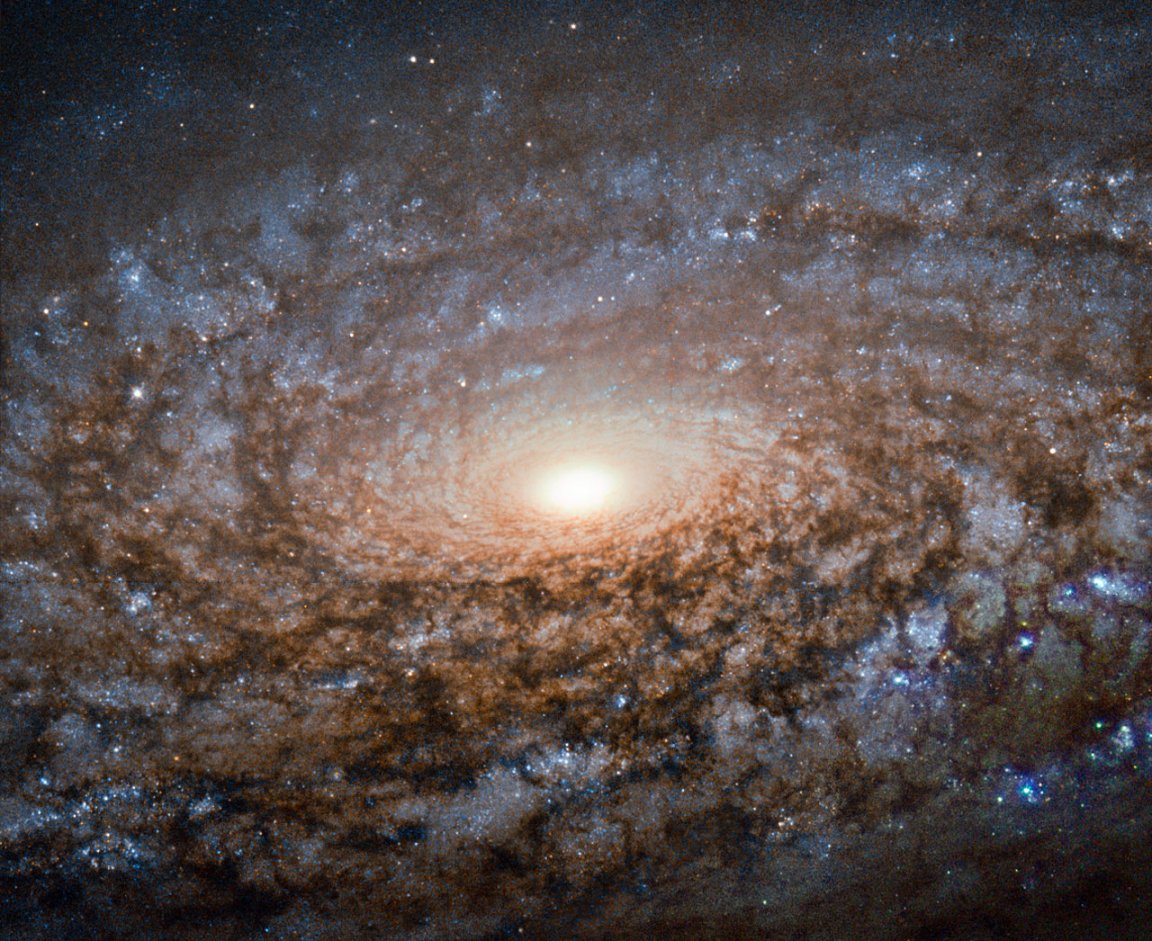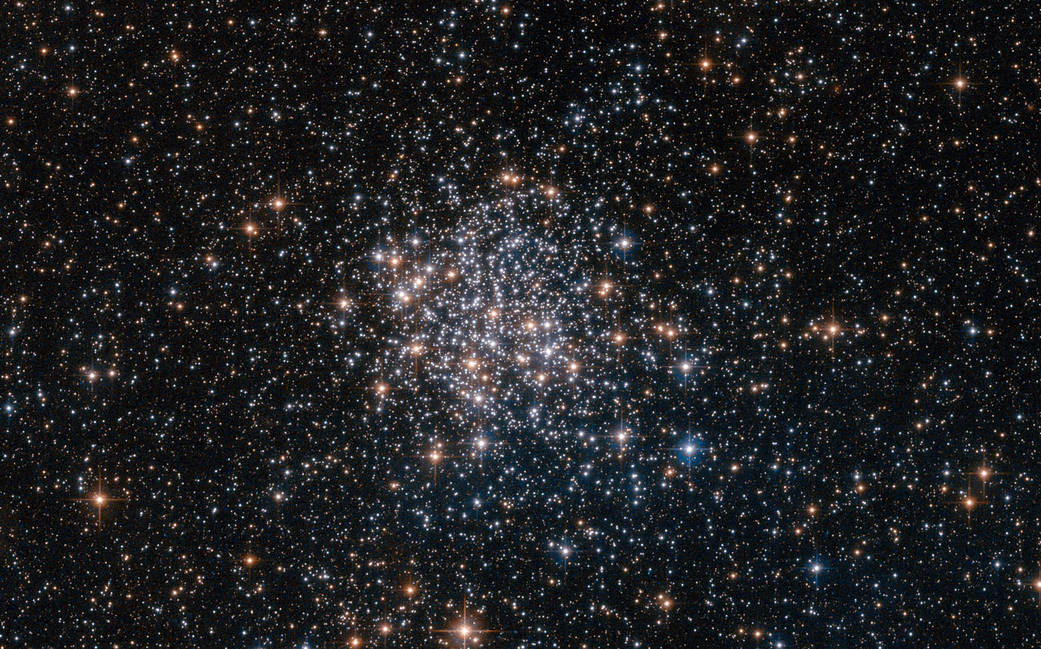
The Hubble Space Telescope has been giving Earth’s scientists solid data for nearly 26 years now, allowing us to probe the depths of the solar system and the distant Universe. Now, NASA has decided to keep the telescope up for just a bit more.

NASA is contractually extending science operations for its Hubble Space Telescope for an additional five years. The agency awarded a sole source contract extension Thursday to the Association of Universities for Research in Astronomy for continued Hubble science operations support at the Space Telescope Science Institute in Baltimore.
The telescope’s most recent servicing mission, in 2009, was expected to be its last. It was to be replaced by the James Webb Space Telescope, slated for a launch in 2018.
However, “after the final space shuttle servicing mission to the telescope in 2009, Hubble is better than ever.” says NASA. “Hubble is expected to continue to provide valuable data into the 2020’s,” the press release adds.